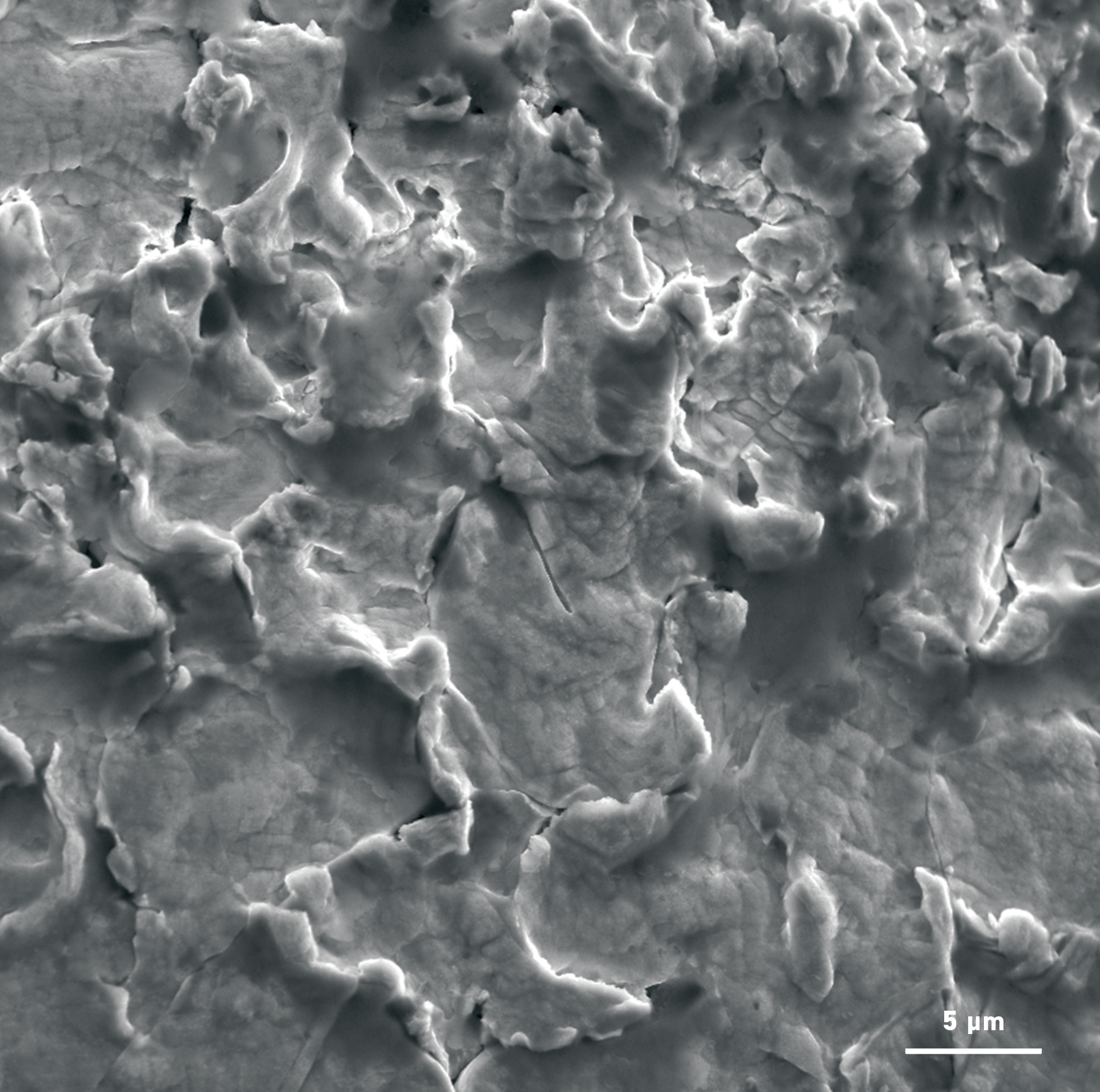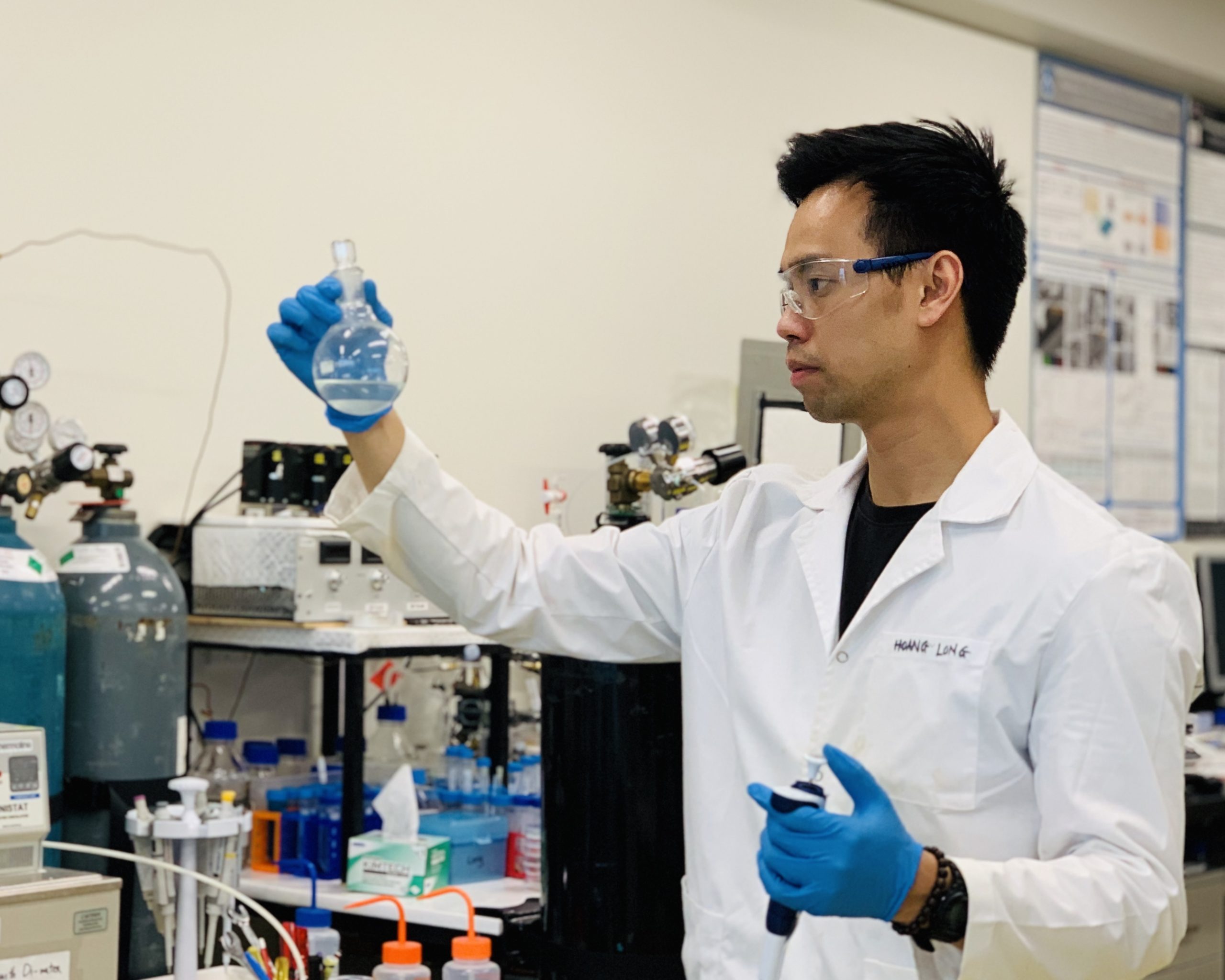Ammonia is the source of most modern fertilisers with 50% of global food production relying on it. However, it’s production emits more CO2 than any other industrial chemical reaction. This is because it relies both on natural gas as a feed stock, and uses huge amount of electricity, accounting for 2% of global energy use and 1% of global greenhouse gas emissions. Finding a way to make ammonia without natural gas and with renewable energy would eliminate two major global sources of emissions, while still providing the fertilisers that billions of people around the world rely on for food. When ammonia is made using renewable energy, it is also an excellent way to transport that energy. At its destination, it can then be converted into hydrogen or used directly as a fuel source.
Monash University researchers, Prof. Douglas MacFarlane and Dr Alexandr Simonov and their team, have developed an electrochemical process that makes ammonia using only nitrogen from the air and water as the source materials. Inside an electrochemical cell, hydrogen ions from the water are sequentially added to nitrogen from the air without producing any greenhouse gases. The unique chemistry inside the cell allows a continuous cycle to generate hydrogen ions at one electrode and deliver them to the nitrogen at the other electrode, where they react to form ammonia.
Scanning electron microscopy carried out at one of Microscopy Australia’s Monash University facilities, the Monash Centre for Electron Microscopy, has allowed the researchers to develop, optimise and monitor their electrodes. This follows nearly a decade of development that relied on many forms of microscopy at our facility.

Scanning electron micrograph of one of the electrodes used in the electrochemical cell.
In 2021, Prof. MacFarlane and Dr Simonov founded spin-out company Jupiter Ionics to commercialise their patented technology. Since then, it has raised over $5 million of funding to transition their technology from the lab to a scalable commercial device. They are a winner in the Science Start-ups category in the international Falling Walls Science Breakthroughs of the Year 2022 as one of the top projects that will shape the future of science and society.
Impacts of this work will be felt through:
Read their papers in Nature and Science
Hoang-Long Du et al., 2022, Nature, 609, 722–727. DOI: 10.1038/s41586-022-05108-y
Bryan Suryanto et al., 2021, Science, 372 (6547), 1187–1191 DOI: 10.1126/science.abg2371

First author Hoang-Long Du in the lab
September 30, 2022